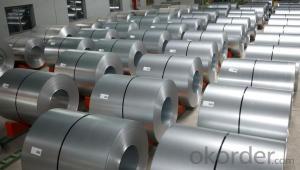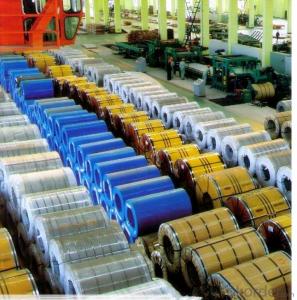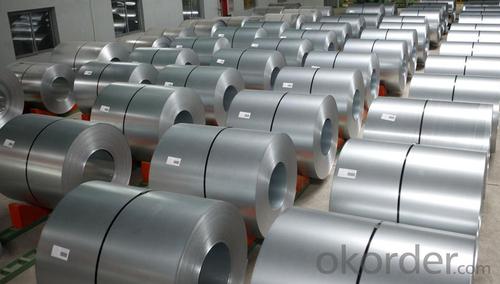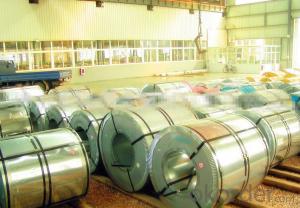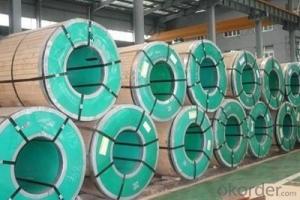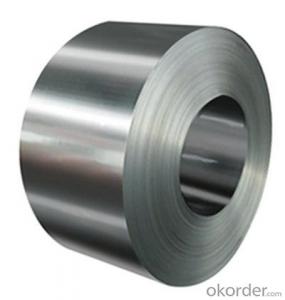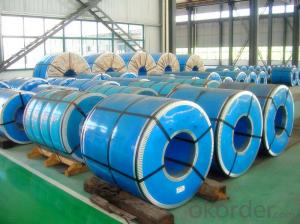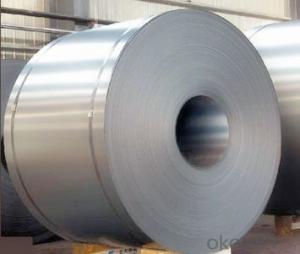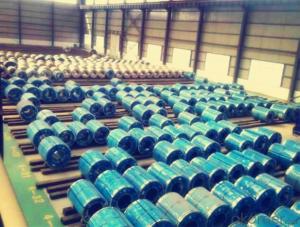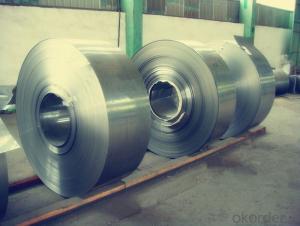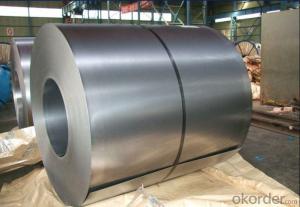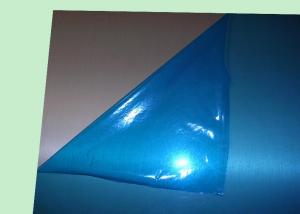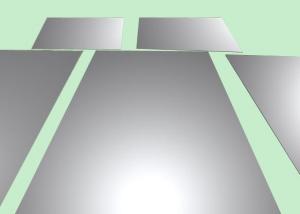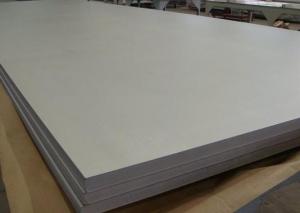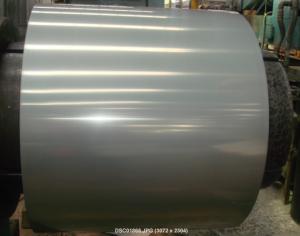Stainless Steel Coil Cold Rolled 201 Surface No.4 with Good Quality
- Loading Port:
- China main port
- Payment Terms:
- TT OR LC
- Min Order Qty:
- 400 m.t.
- Supply Capability:
- 20000 m.t./month
OKorder Service Pledge
OKorder Financial Service
You Might Also Like
1. Structure of Stainless Steel Coil Cold Rolled 201 Descriptions
Stainless Steel 201 is a new kind of Austenite stainless steel by used Mn, N replace Ni. The steel has good corrosion resistance and hot / cold processing performance, instead of 304 stainless steel products for used in the not high of corrosive environment, such as indoor, inland city outdoor etc.
2. Main Features of the Stainless Steel Coil Cold Rolled 201
Product name: Stainless Steel Coil Cold Rolled 201
Thickness: 0.2mm to 1.5mm
Technical: Cold Rolled
Width: 10mm to 1240mm
Type: 200 Series
Length: As customer's requested
Standard: JIS, SUS, AISI, ASTM
Grade: 201-J1, 201-J4, AISI201, AISI202…
Finish: BA, 2B, 8K, NO.3, NO.4, HL…
MOQ: 25 Metric Tons
Hardness: Low Hard(190 HV Max); Half Hard(240-280HV); Full Hard(42-60 HRC)
Ship Term: FOB any port, China or CFR Destination port
Delivery Time: 15 to 20 day after the receive the deposit or 100%LC
Payment Terms: TT 30% for deposit, Balance against the copy of B/L, or 100%LC
Packaging: By wooden pallet, wooden case or according to customer's request
3. Stainless Steel Coil Cold Rolled 201 Images
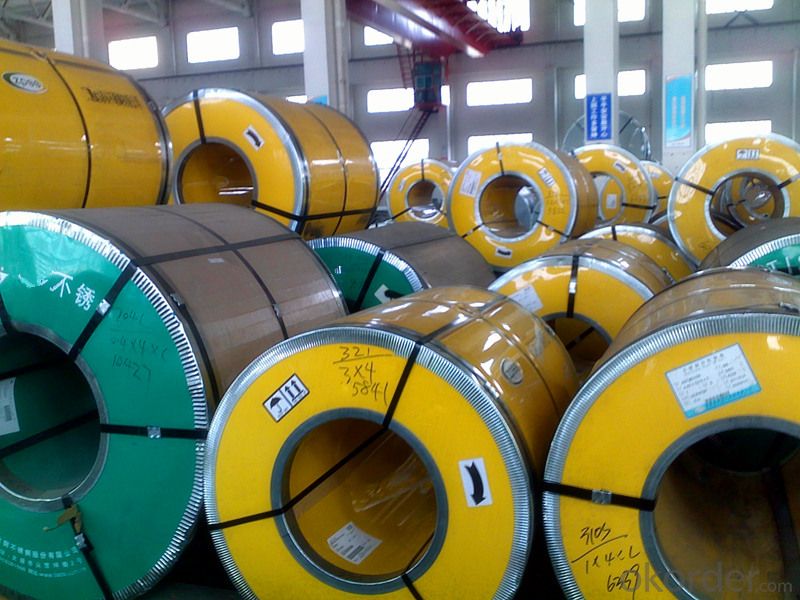
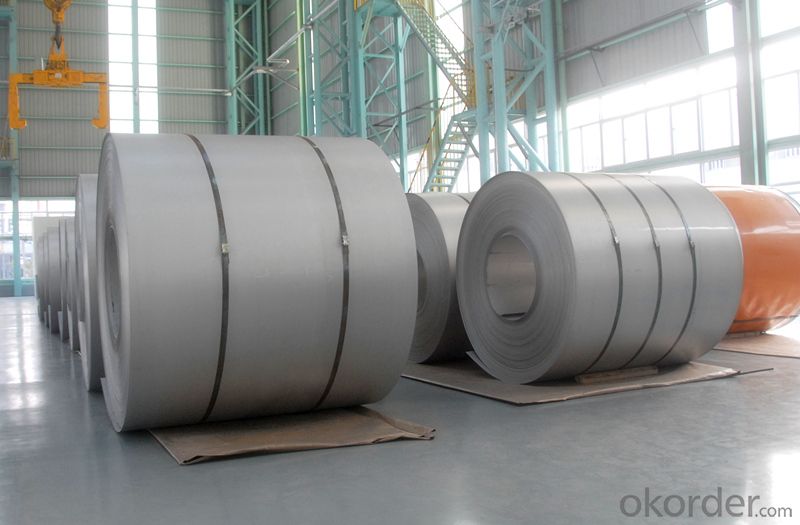
4. Stainless Steel Coil Cold Rolled 201 Specifications
Mechanical Property Contrast | YS (Mpa) | TS (Mpa) | EL(%) | HV | REMARK |
Stainless Steel 201 | 426 | 880 | 52 | 224 | 1.0t |
Stainless Steel 304 | 285 | 710 | 58 | 165 | 1.0t |
Stainless Steel 200 Series Chemicals Contrast (wt. %) | ||||||||
Chemicals | C | Si | Mn | Cr | Ni | N | Other | |
205 | 0.12-0.25 | ≤0.75 | 14.0-15.0 | 16.5-18.0 | 1.0-1.75 | 0.32-0.4 | ||
JIS, | 201 | ≤0.15 | ≤1.0 | 5.5-7.5 | 16.0-18.0 | 3.5-5.5 | ≤0.25 | - |
201L | ≤0.03 | ≤0.75 | 5.5-7.5 | 16.0-18.0 | 3.5-5.5 | ≤0.25 | - | |
202 | ≤0.15 | ≤1.0 | 7.5-10.0 | 17.0-19.0 | 4.0-6.0 | ≤0.25 | - | |
201LN | ≤0.03 | ≤0.75 | 6.4-7.5 | 16.0-17.5 | 4.0-5.5 | 0.1-0.25 | Cu≤1.0 | |
India | 201-J1 | ≤0.08 | ≤0.75 | 7.0-8.0 | 15.0-17.0 | 4.0-5.0 | ≤0.1 | Cu≤1.5 |
201-J3 | ≤0.08 | ≤0.75 | 9.0-10.5 | 14.0-16.0 | 2.0-3.0 | ≤0.15 | Cu≤2.0 | |
201-J4 | ≤0.10 | ≤0.75 | 8.5-10.0 | 15.0-16.0 | ≤1.2 | ≤0.2 | Cu≤2.0 | |
America | 204 | ≤0.03 | ≤1.0 | 7.0-9.0 | 15.0-17.0 | 1.5-3.0 | 0.15-0.3 | (Cu) |
H400 | ≤0.10 | ≤1.0 | 6.0-9.0 | 17.0-19.5 | ≤3.5 | ≤0.3 | - | |
Japan | YUS130S | 0.09 | 0.5 | 11.0 | 18.0 | 6.5 | 0.35 | - |
NTK S-4 | 0.17 | 0.43 | 14.7 | 17.7 | 1.3 | 0.35 | - | |
NM15M | 0.08 | 0.8 | 14.5 | 17.0 | 4.3 | 0.33 | - | |
Europe America | 219 | ≤0.04 | ≤0.75 | 8.0-10.0 | 19.0-21.5 | 5.5-7.5 | 0.15-0.4 | - |
Cromanite | ≤0.08 | ≤1.0 | 9.5-11.0 | 18.0-20.0 | ≤1.0 | 0.4-0.6 | - | |
201 Surface | Characteristic and Application of Stainless Steel Coil Cold Rolled 201 |
2B | The surface brightness and flatness of 2B is better than 2D then through a special surface treatment to improve its mechanical properties,2B could nearly Satisfy comprehensive uses |
No.4 | Polished with abrasive belt of grit#150#180, have better brightness with discontinuous coarse stria, but thinner than NO.3, are used as bathtub buildings inner and electrical appliances kitchen utensils and food processing. |
BA | Cold rolled, bright annealed and skin-passed, the product have excellent brightness like mirror kitchen apparatus, etc. |
8K | The product have excellent brightness and prefer bright can be the mirror. |
5. FAQ of Stainless Steel Coil Cold Rolled 201
Q: Can you provide mill test certificate?
A: Yes! Mill test certificate for both hot rolled raw material coils and cold rolled coils are available.
Q: How to get a sample?
A: Free samples are available for your checking and testing. And to get free samples, please send us your detailed receiving address (including post code) and your DHL/FEDEX/UPS account for collecting samples, courier cost will be paid in your side.
Q: How about your company?
A world class manufacturer & supplier of castings forging in stainless steel, is one of the large-scale professional investment casting production bases in China, consisting of both casting foundry forging and machining factory. Annually more than 90000 tons Precision casting and forging parts are exported to markets in Europe, America and Japan. OEM casting and forging service are available, all according to customer’s requirements.
Q: How to guarantee the quality of the products?
A: We have established the international advanced quality management system,every link from raw material to final product we have strict quality test; We resolutely put an end to unqualified products flowing into the market. At the same time, we will provide necessary follow-up service assurance.
Q: How is the packaging and delivery?
A: Standard export packing (Coil: waterproof paper + protective steel ring; Circle: wooden box), or as your requirement and the delivery term is based on the project.
- Q: What are the standard dimensions of stainless steel strips?
- The specific application and industry requirements can cause the dimensions of stainless steel strips to vary. Nonetheless, there are commonly used standard dimensions. Stainless steel strips are typically available in a range of widths, from 0.025 inches to 24 inches. The thickness of these strips can vary from 0.001 inches to 0.1875 inches. Lengths can also differ, but standard lengths are commonly found in coils or rolls that can reach up to 100 feet. It is worth mentioning that these dimensions are adjustable and can be tailored to suit the project or application's specific needs.
- Q: How do you prevent stainless steel strips from rusting?
- To prevent stainless steel strips from rusting, it is important to regularly clean them using mild soap and water, and dry them thoroughly afterwards. Additionally, applying a thin layer of oil or a specialized stainless steel cleaner can help create a protective barrier against moisture and prevent rust formation.
- Q: Can stainless steel strips be used in the production of kitchen sinks?
- Yes, stainless steel strips can be used in the production of kitchen sinks. Stainless steel is a popular choice for kitchen sinks due to its durability, corrosion resistance, and aesthetic appeal. Stainless steel strips are commonly used in sink manufacturing to form the shape and structure of the sink, providing strength and longevity to the product.
- Q: Are 111 stainless steel strips susceptible to stress corrosion cracking?
- Stainless steel strips containing 111 as their crystallographic orientation can indeed be susceptible to stress corrosion cracking (SCC). However, it is important to note that SCC is influenced by various factors including the specific environment, applied stress levels, and the material's microstructure and composition. While 111-oriented stainless steel strips may exhibit higher resistance to SCC compared to some other crystallographic orientations, they are not completely immune to this type of corrosion. SCC occurs when a combination of tensile stress and a corrosive environment exists, leading to cracking of the material. The susceptibility of 111 stainless steel strips to SCC can be influenced by the presence of certain corrosive agents such as chloride ions or hydrogen sulfide. These agents can penetrate the passive oxide layer on the stainless steel surface, leading to the initiation and propagation of cracks under applied stress. To mitigate the risk of stress corrosion cracking in stainless steel strips, several measures can be taken. These include selecting a stainless steel grade with improved SCC resistance, avoiding exposure to corrosive environments, controlling applied stress levels, and implementing appropriate surface treatments or coatings. Additionally, regular inspection and maintenance can help detect any potential signs of SCC and prevent further damage. In summary, while 111 stainless steel strips may have some resistance to stress corrosion cracking, their susceptibility to this type of corrosion depends on multiple factors. Taking appropriate preventive measures and understanding the specific environment in which the material is used are essential for minimizing the risk of SCC.
- Q: Why does the stainless steel after processing have magnetism?
- The austenite is non-magnetic or weakly magnetic, and martensite or ferrite is magnetic, a tripod of stainless steel processing in processing time due to melting segregation or improper heat treatment, will cause a small amount of martensite Austenitic 304 stainless steel body or ferrite. In this way, 304 stainless steel will have a weak magnetic.
- Q: Can stainless steel strips be used in the oil and gas industry?
- Yes, stainless steel strips can be used in the oil and gas industry. Stainless steel is known for its corrosion resistance, high strength, and durability, making it suitable for various applications in this industry. Stainless steel strips are commonly used in the fabrication of pipelines, storage tanks, heat exchangers, and other equipment required for oil and gas exploration, production, and refining processes. The resistance to corrosion is particularly important in the oil and gas industry due to the presence of corrosive substances such as sulfur compounds and saltwater. Stainless steel strips can withstand these harsh environments and maintain their integrity, ensuring the safety and reliability of the equipment used in this industry.
- Q: How do you remove scratches from stainless steel strips?
- To remove scratches from stainless steel strips, you can start by cleaning the surface with a mild detergent and soft cloth to remove any dirt or debris. For minor scratches, you can try using a non-abrasive stainless steel cleaner or a mixture of baking soda and water to gently buff the affected area. Rub the cleaner or paste in the direction of the grain using a soft cloth or sponge. For deeper scratches, you may need to use a fine grit sandpaper or stainless steel scratch removal kit, following the manufacturer's instructions. Remember to always test any cleaning or polishing product on a small, inconspicuous area first to avoid further damage.
- Q: How do you clean stainless steel strips?
- To clean stainless steel strips, you can start by wiping them down with a soft cloth or sponge soaked in warm soapy water. For tougher stains or dirt buildup, you can use a non-abrasive cleaner specifically formulated for stainless steel. It's important to avoid using abrasive materials or harsh chemicals as they can damage the surface. After cleaning, make sure to rinse the strips thoroughly with water and dry them with a clean cloth to prevent water spots or streaks.
- Q: Can stainless steel strips be used for automotive trim?
- Automotive trim can indeed utilize stainless steel strips. With its durability and resistance to corrosion, stainless steel proves to be a fitting material for automotive purposes. Vehicles can benefit from stainless steel trim strips, as they contribute to an elegant and refined aesthetic. These strips are versatile, capable of accentuating different areas of the vehicle, including the grille, window trim, door handles, and fenders. Moreover, stainless steel strips exhibit remarkable scratch resistance and are capable of enduring harsh weather conditions, making them an optimal selection for automotive trim.
- Q: What are the common thicknesses of stainless steel strips?
- The common thicknesses of stainless steel strips vary depending on the intended application and industry standards. However, some of the most commonly used thicknesses for stainless steel strips range from 0.1mm to 3mm. These thicknesses are often used in various industries such as construction, automotive, aerospace, and manufacturing. It is important to note that specific thickness requirements may vary depending on the specific application, and it is always recommended to consult industry standards and specifications to ensure the appropriate thickness is selected for a particular project.
Send your message to us
Stainless Steel Coil Cold Rolled 201 Surface No.4 with Good Quality
- Loading Port:
- China main port
- Payment Terms:
- TT OR LC
- Min Order Qty:
- 400 m.t.
- Supply Capability:
- 20000 m.t./month
OKorder Service Pledge
OKorder Financial Service
Similar products
Hot products
Hot Searches
Related keywords
